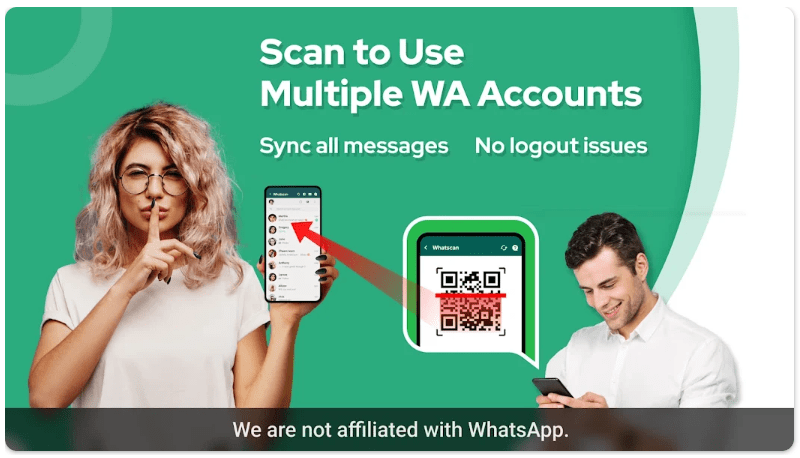Do not touch my phone for
There are few things more frustrating than trying to use a touchscreen device and having someone else touch it first. The experience is often akin to trying to use a computer with a sticky hand—it’s just not very user-friendly. Fortunately, there are ways to avoid this problem. First, be aware of where people are touching the screen. Second, take steps to keep your device clean. And finally, avoid making contact with the screen at all costs!
The Problem with Touch Screens
Touch screens are great for controlling a device, but they can be dangerous when used incorrectly. When you touch the screen with your finger, you’re sending millions of tiny electrical signals through the surface of the device. This current can cause damage to the phone if it’s not properly protected.
One way to protect your phone is to put a case on it. Another way is to use a screen protector. If you’re worried about your screen getting scratched easily, you can also get a tempered glass screen protector.
However, none of these precautions will protect you if you accidentally touch the screen while the phone is in use. If this happens, the current running through your finger will cause damage to the device and possibly even burn yourself.
How to Prevent Touchscreen Addiction
There is no one answer to preventing touchscreen addiction, as the condition can vary from person to person. However, some tips on how to avoid touchscreen addiction may include:
-Using a physical keyboard or mouse when possible: Touchscreens can be more temptation for people who are prone to addictive behaviors because they are handheld devices that are easy to use. If possible, try switching between using a keyboard and touchscreen when necessary.
-Reducing time spent on screens: attempt to decrease the amount of time you spend on screens each day. This could mean turning off your phone after dinner and instead spending time with family or friends, breaking up long gaming sessions, or eliminating television watching altogether.
-Setting boundaries: Make sure you set realistic boundaries for yourself when it comes to screen time. Don’t expect yourself not to touch your phone at all during certain hours of the day or week; that’s unrealistic and will only lead to frustration. Instead, establish rules around how much screen time you’re willing to allow yourself in certain situations and stick to them.
The Best Tips for Avoiding Touchscreen Addiction
There are a few simple things that can help minimize your touchscreen addiction.
First, make sure you’re using the touchscreen for the right purpose. Don’t start touching things just because you see them on the screen – that’s not how screens work! Instead, use the touchscreen to select items, move around on pages, and so on.
Second, break up your touchscreen use. If you’re spending all your time using the touchscreen, it’s going to be harder to resist temptation. try using different parts of the screen for different tasks – this will help keep things interesting and active!
Third, be mindful of how much time you’re spending on screens each day. If you can’t put your device down for long periods of time without picking it up again to check something onscreen, it’s time to reevaluate how much screen time is really necessary. Breaking up screen time throughout the day can help here too.
Conclusion
If you ever find yourself saying or doing something that makes me want to scream, “Do not touch my phone!” then you need to read this article. I know it seems like a no-brainer, but there are some people who just cannot seem to help themselves when it comes to smartphones and other electronic devices. In fact, sometimes they can’t even stand being away from them for more than five minutes! If you find yourself in this category, then please heed my warnings and stay as far away from my phone as possible.
Features of this app
This app is designed to help you keep your phone safe from accidental touches. When you first open the app, it will ask you to set up a four-digit PIN. After that, every time you open the app, it will ask for your PIN. If someone else tries to touch your phone without first asking for your permission, they will get an error message and the touch will be ignored.
The app also has a security lock feature. This allows you to lock your phone so that only you can access it. You can use this feature if you want to keep your privacy or if you are worried about someone stealing your phone. The security lock feature requires a password and is different than the PIN protection feature.
Overall, this is an excellent app designed to help protect your phone from unauthorized touches.
Advantage
Do not touch my phone is a phrase you should use if someone does not want their phone touched. This phrase can be used to tell someone not to pick up the phone, look at the screen, or take any other action with the phone.
Main theme
The main theme of this blog article is to educate people about the dangers of touching someone’s phone without their permission. Many people do not realize the potential risks involved when they touch someone else’s phone, and as a result, they can inadvertently cause damage or theft.
There are many ways in which somebody’s phone can be damaged when they are not intending for it to happen. For example, if someone touches a sensitive area on the phone (such as the camera), they could end up taking pictures or videos that they weren’t supposed to and exposing themselves or others to sensitive information.
In addition to compromising personal information, if someone’s phone is compromised by malware or spyware, they could end up having their private information stolen or even their identity stolen. This is particularly dangerous because it can be difficult to recover from if your identity is stolen; for instance, you may have difficulty getting new credit cards or finding jobs because your previous employers may have seen your thief ID on your hacked phone.
If you ever find yourself needing to take someone’s phone away temporarily (for example, if they are being disruptive or dangerous), it is important that you use proper precautions in order to prevent any damage from occurring. For example, make sure that you have the person’s full name and contact information so that you can return the phone safely once it has been seized. Additionally, try not to physically fight with the person over their phone; instead, try using verbal commands and/or physical



